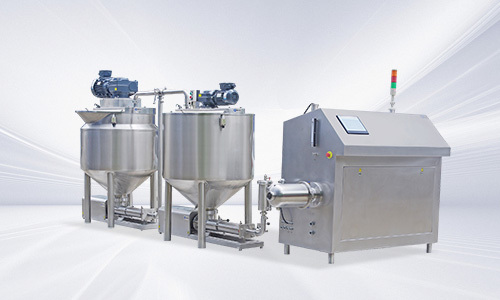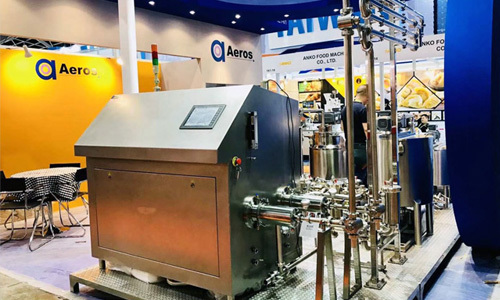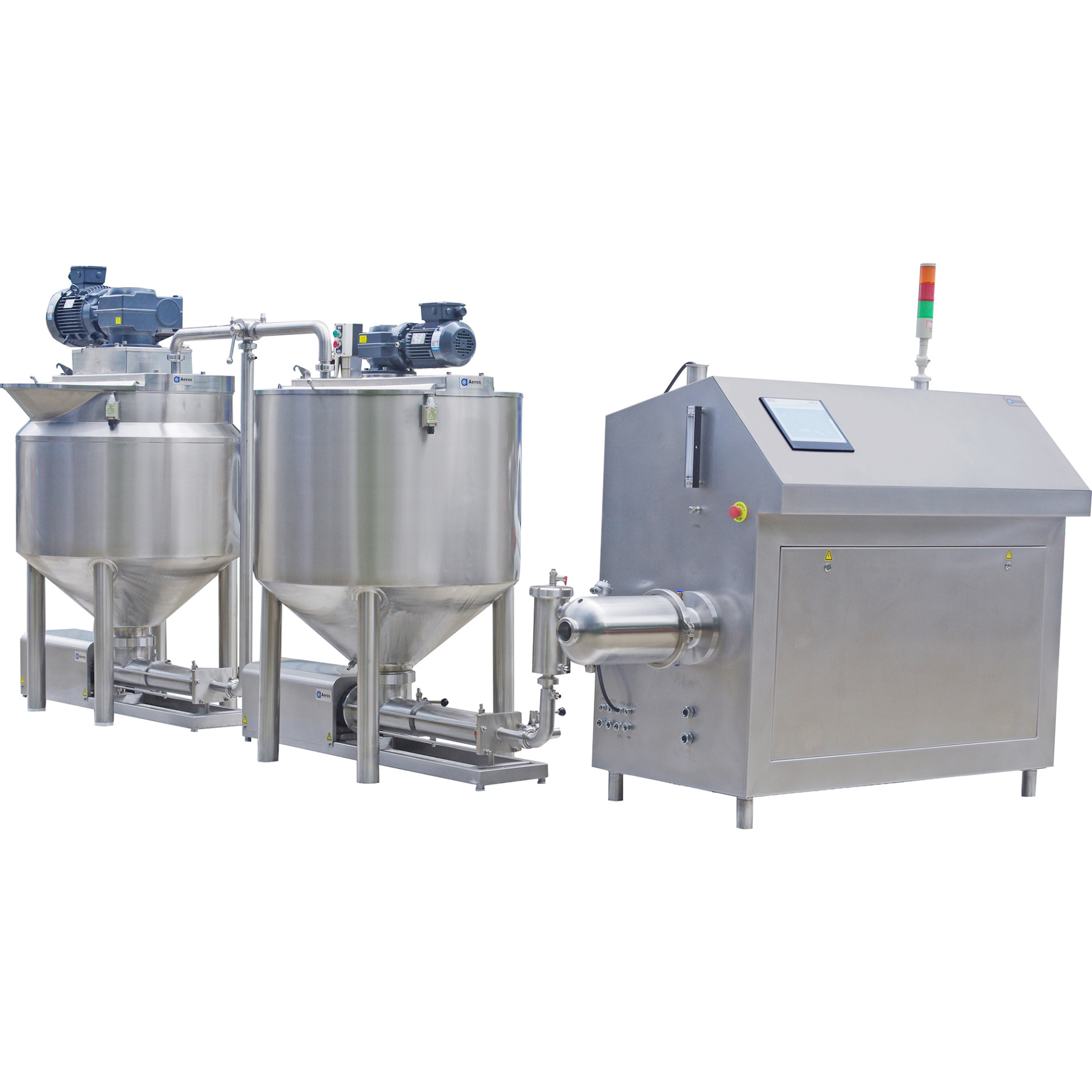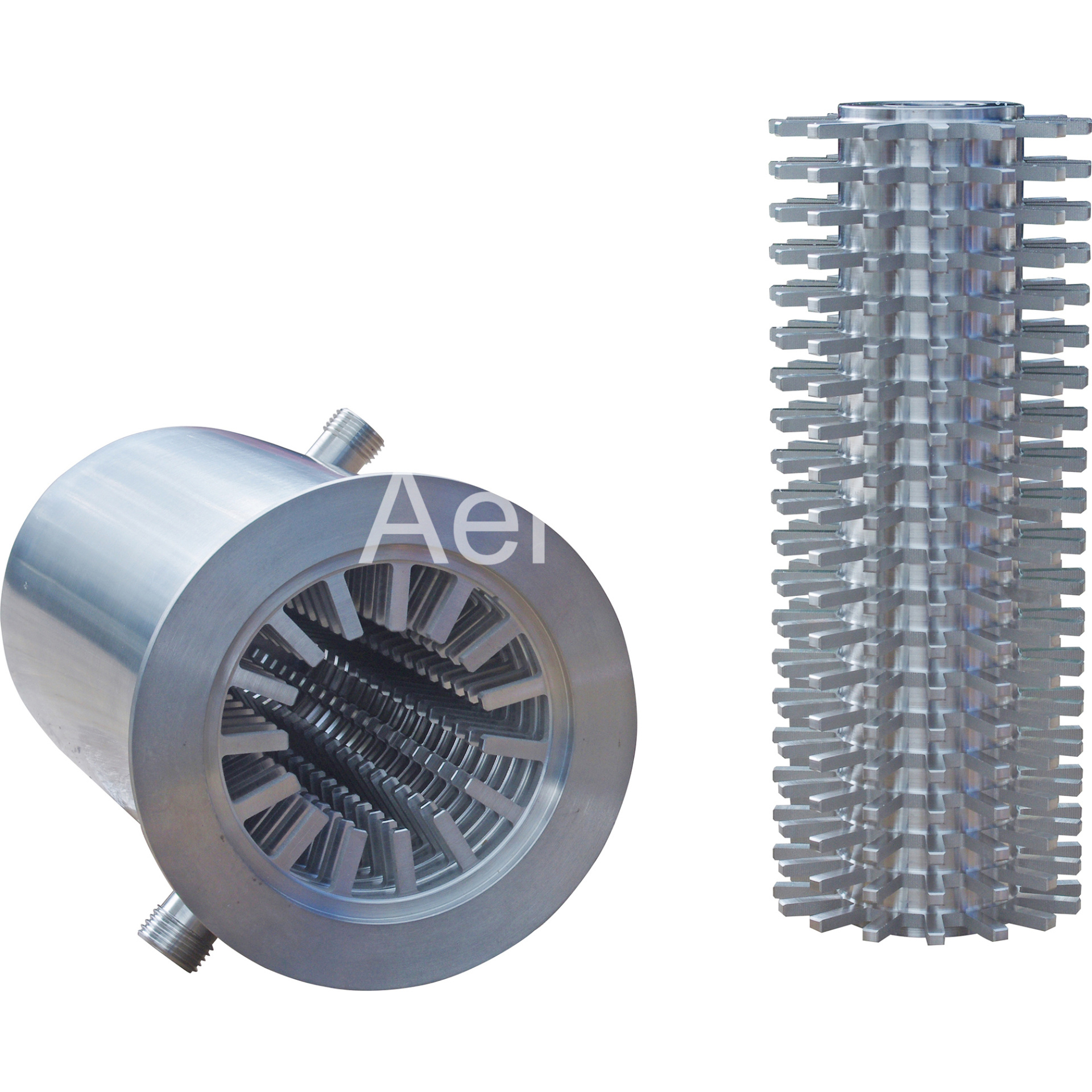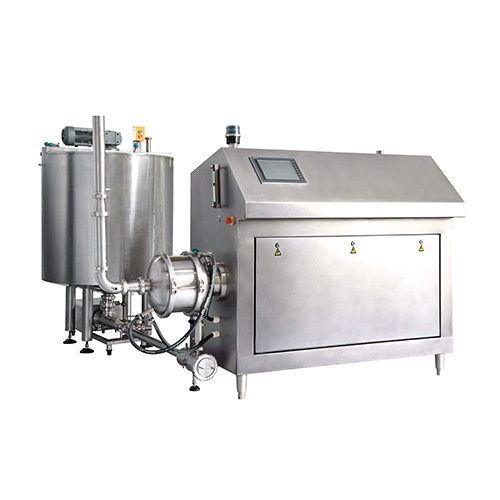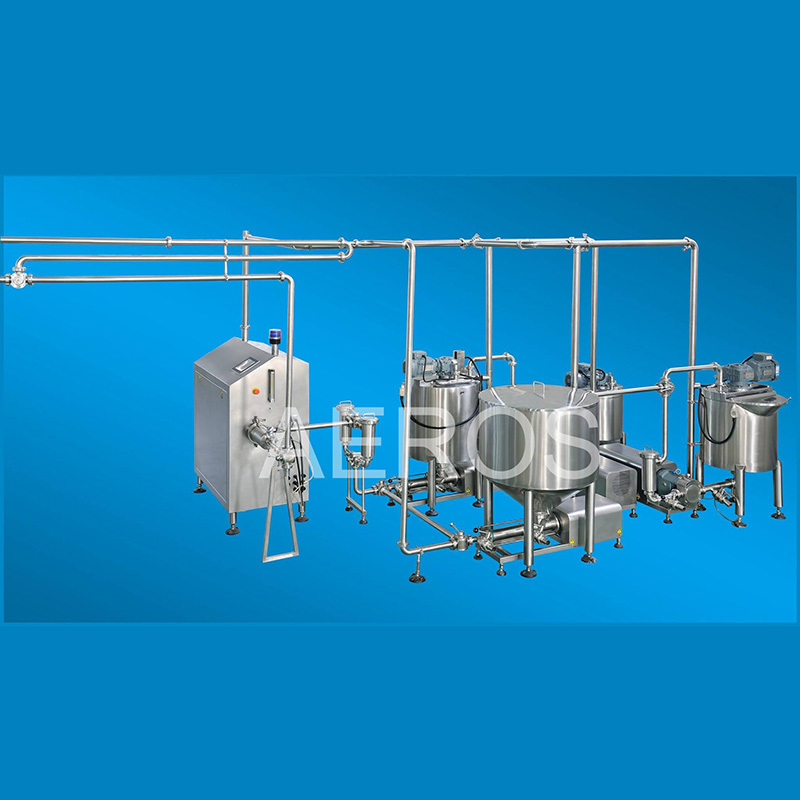Unlocking Efficiency: Exploring the Newest Cream Production Line Technologies

2025/07/17
The newest cream production line technology marks a significant leap in the food and beverage processing sector, particularly for manufacturers focusing on dairy products. As consumer demand for high-quality cream products rises, businesses are turning to state-of-the-art production lines that optimize efficiency, safety, and sustainability. These advanced systems incorporate several key innovations that streamline operations and enhance product quality.
One of the most notable features of the newest cream production lines is automation. Automated systems reduce the need for manual labor, minimizing the risk of human error and ensuring consistent product quality. These lines often include automated mixing, pasteurization, and packaging processes, allowing for quicker turnaround times and increased production rates. By integrating sensors and monitoring systems, manufacturers can maintain strict quality control throughout the production process, ensuring that every batch meets the highest standards.
In addition to automation, the newest cream production lines also employ advanced pasteurization techniques. High-Temperature Short Time (HTST) and Ultra-High Temperature (UHT) processing methods are becoming increasingly popular, as they not only extend shelf life but also preserve the natural flavor and nutritional content of the cream. These techniques are crucial for meeting safety regulations while catering to health-conscious consumers who demand high-quality dairy products.
Sustainability is another critical aspect driving the development of modern cream production lines. Manufacturers are increasingly aware of their environmental impact and are seeking ways to reduce waste and energy consumption. New production lines are designed with energy-efficient technologies, such as heat recovery systems and LED lighting, which lower operational costs and reduce the carbon footprint. Additionally, some lines utilize eco-friendly materials for packaging, aligning with consumers' growing preference for sustainable products.
Furthermore, the latest cream production lines are often modular, allowing manufacturers to customize their setups based on specific needs and production volumes. This flexibility enables businesses to scale operations quickly in response to market demands without the need for significant capital investment in new machinery.
Finally, the integration of data analytics and Internet of Things (IoT) technology is revolutionizing the cream production process. Real-time data collection and analysis help manufacturers make informed decisions, optimize production processes, and even predict maintenance needs. This proactive approach enhances overall efficiency and reduces downtime, further benefiting the bottom line.
In conclusion, the newest cream production line technologies are setting a new standard in the food and beverage processing industry. By embracing automation, advanced pasteurization methods, sustainability practices, modular designs, and data-driven insights, manufacturers can meet consumer demands for high-quality products while optimizing their operations. As the industry continues to evolve, staying informed about these innovations is essential for any business looking to thrive in the competitive market of dairy production.
One of the most notable features of the newest cream production lines is automation. Automated systems reduce the need for manual labor, minimizing the risk of human error and ensuring consistent product quality. These lines often include automated mixing, pasteurization, and packaging processes, allowing for quicker turnaround times and increased production rates. By integrating sensors and monitoring systems, manufacturers can maintain strict quality control throughout the production process, ensuring that every batch meets the highest standards.
In addition to automation, the newest cream production lines also employ advanced pasteurization techniques. High-Temperature Short Time (HTST) and Ultra-High Temperature (UHT) processing methods are becoming increasingly popular, as they not only extend shelf life but also preserve the natural flavor and nutritional content of the cream. These techniques are crucial for meeting safety regulations while catering to health-conscious consumers who demand high-quality dairy products.
Sustainability is another critical aspect driving the development of modern cream production lines. Manufacturers are increasingly aware of their environmental impact and are seeking ways to reduce waste and energy consumption. New production lines are designed with energy-efficient technologies, such as heat recovery systems and LED lighting, which lower operational costs and reduce the carbon footprint. Additionally, some lines utilize eco-friendly materials for packaging, aligning with consumers' growing preference for sustainable products.
Furthermore, the latest cream production lines are often modular, allowing manufacturers to customize their setups based on specific needs and production volumes. This flexibility enables businesses to scale operations quickly in response to market demands without the need for significant capital investment in new machinery.
Finally, the integration of data analytics and Internet of Things (IoT) technology is revolutionizing the cream production process. Real-time data collection and analysis help manufacturers make informed decisions, optimize production processes, and even predict maintenance needs. This proactive approach enhances overall efficiency and reduces downtime, further benefiting the bottom line.
In conclusion, the newest cream production line technologies are setting a new standard in the food and beverage processing industry. By embracing automation, advanced pasteurization methods, sustainability practices, modular designs, and data-driven insights, manufacturers can meet consumer demands for high-quality products while optimizing their operations. As the industry continues to evolve, staying informed about these innovations is essential for any business looking to thrive in the competitive market of dairy production.
newest Cream production line
Previous Page


